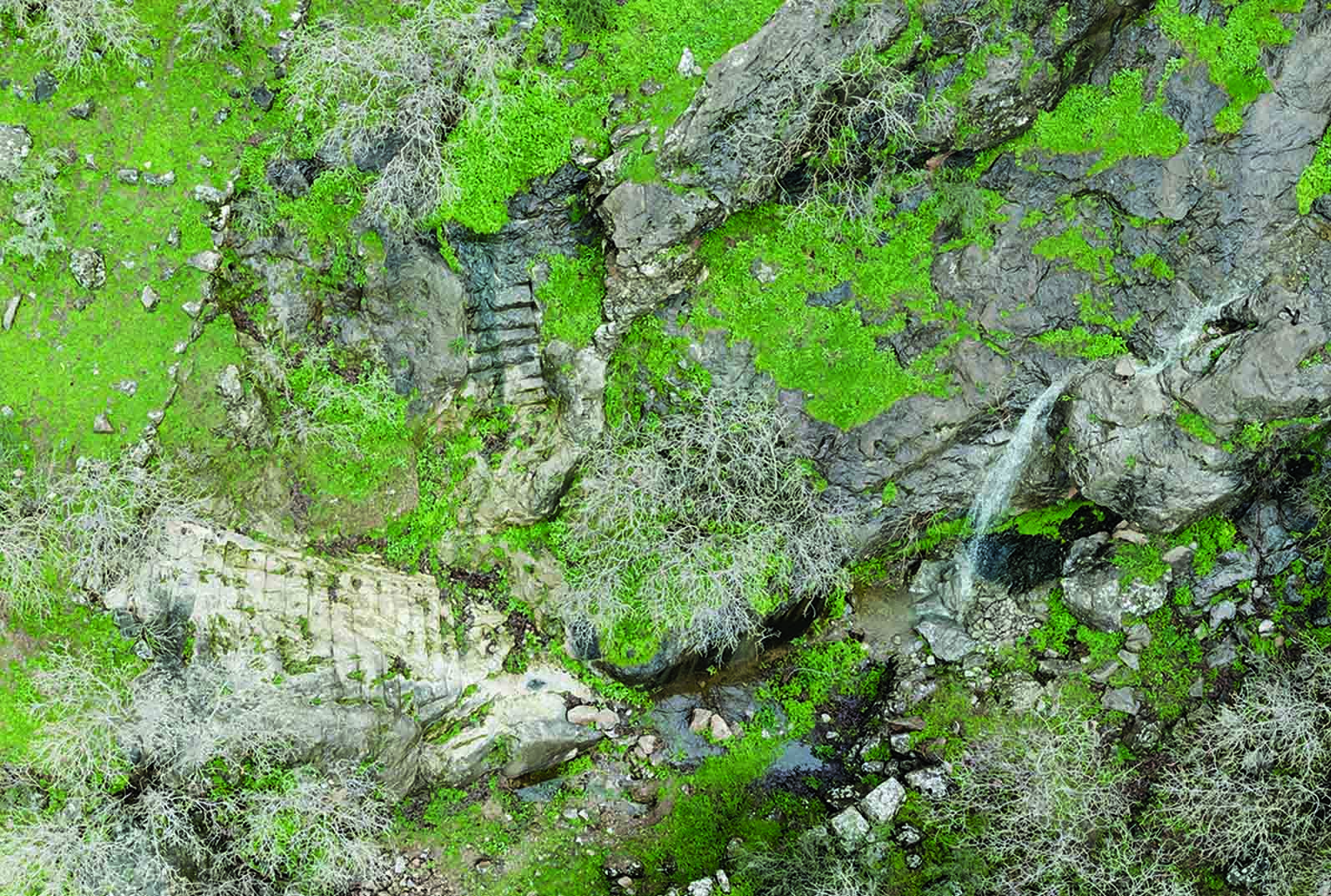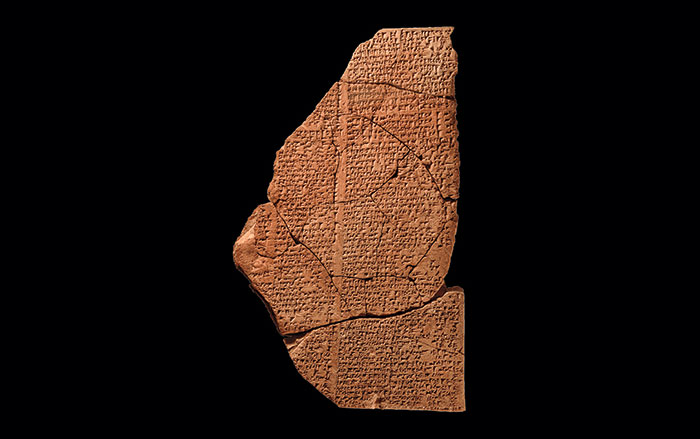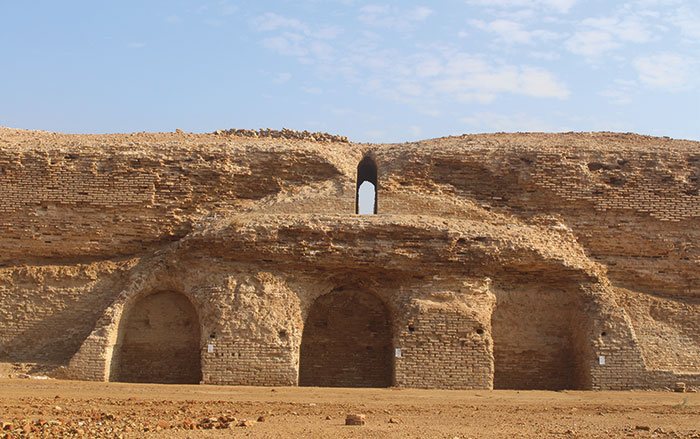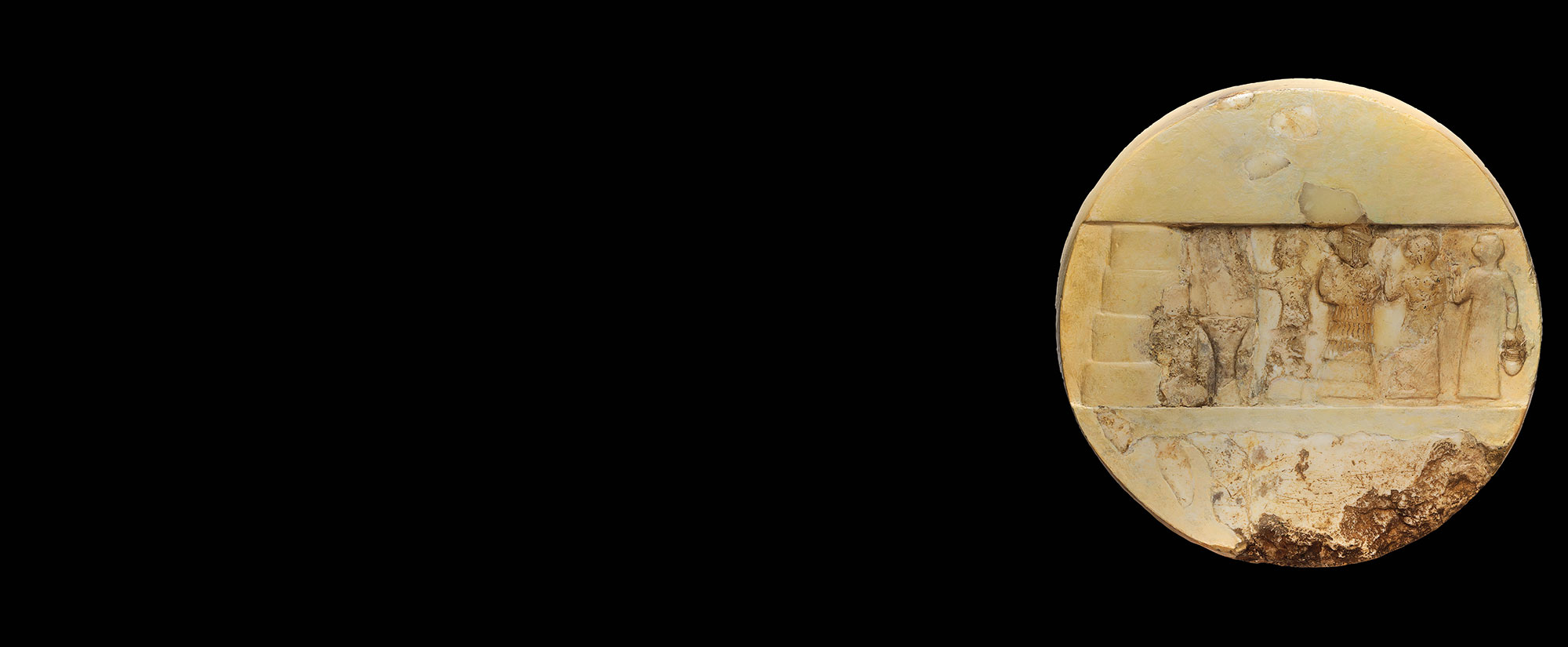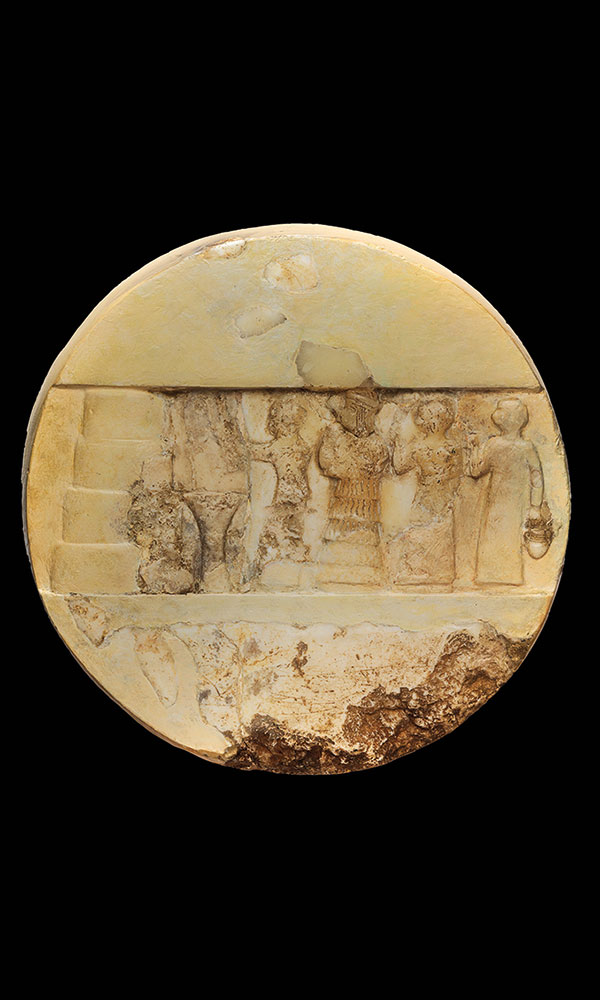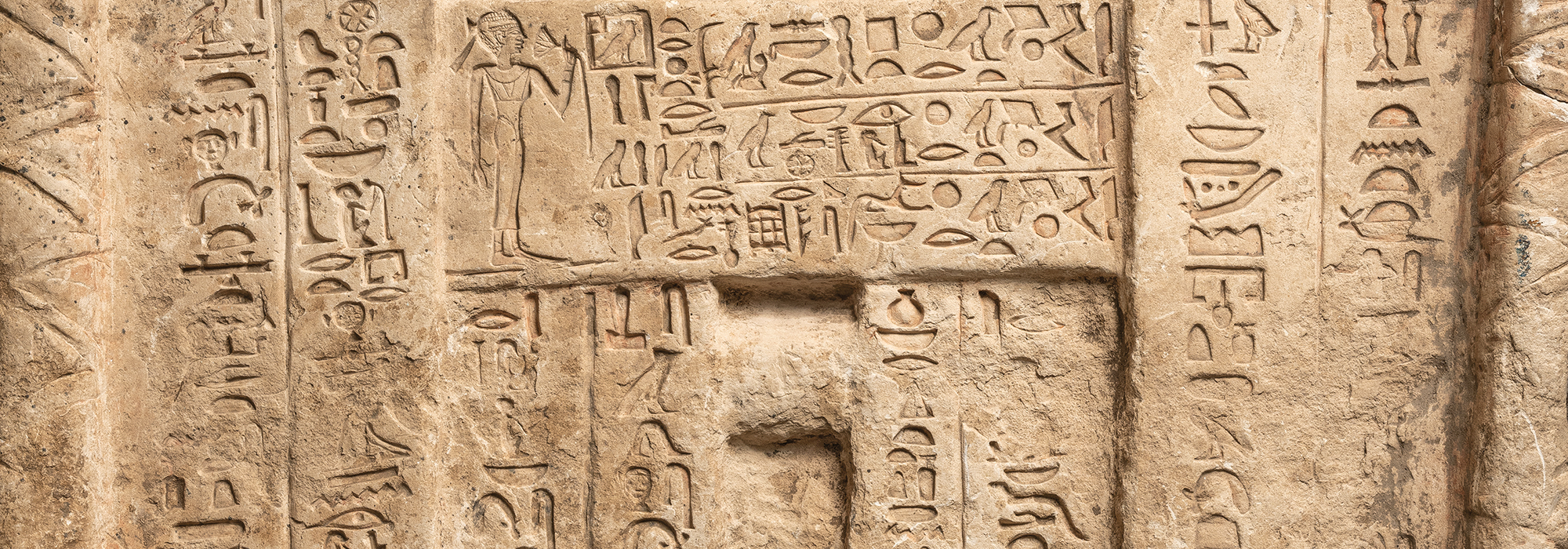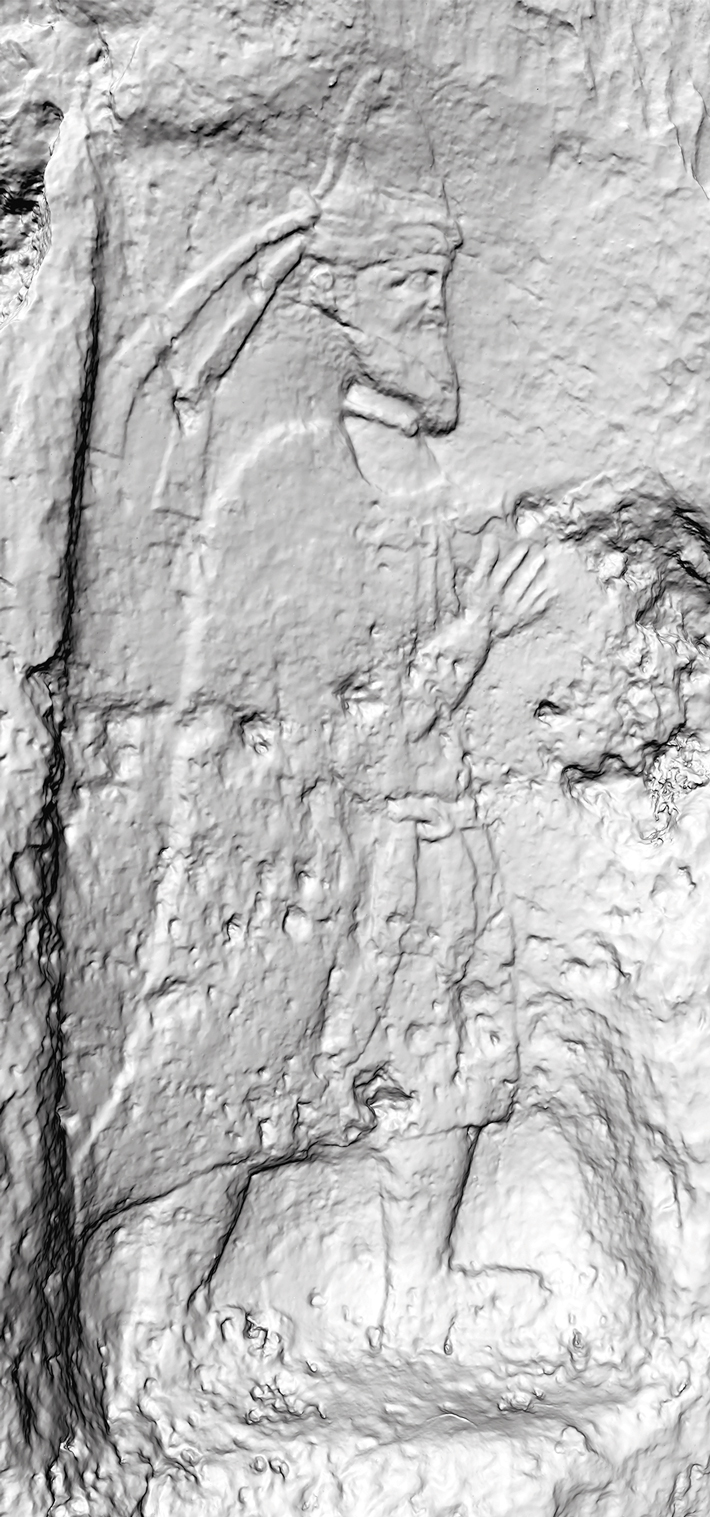
Archaeologists investigating a 2,000-year-old fortress in the Zagros Mountains of Iraqi Kurdistan believe it may be a lost city. The fortress of Rabana-Merquly stretches across some 2.5 miles of steep terrain overlooking a major tributary of the Lower Zab River. It was located on the southeastern frontier of the vassal kingdom of Adiabene, within the dominion of the Parthian Empire (247 B.C.–A.D. 224), which controlled territory from eastern Turkey to western Pakistan. According to Michael Brown, an archaeologist at Heidelberg University, the fortress was built at an intersection between the lowlands, where state authority was strong, and the highlands, which were home to restive pastoralist tribal groups. “It’s situated there to allow Adiabene to exert some influence over the highland domain,” Brown says.
Rock reliefs carved into the cliff face next to each of the complex’s two gated entrances portray a nearly life-size individual who is identifiable as a Parthian-era ruler by his ceremonial headgear: a dome-shaped hat with a diadem attached to it. Brown says this figure must be a king of Adiabene based on the fortress’ location and the similarity of his attire to that of a statue in the city of Hatra, some 140 miles to the west, which is known to depict an Adiabenean king. The researchers suggest that the fortress was likely the royal city of Natounia, which is known from a handful of coins minted in the first half of the first century B.C., some of which say the city was located “on the Kapros,” the ancient name for the Lower Zab River. “Based on what we’ve got at the moment,” Brown says, “this is the best candidate because we’ve got these big pictures of kings next to our front doors.” If the fortress is indeed Natounia, then the reliefs likely depict its founder, Natounissar, or an immediate descendant. To see a photo of a section of the fortress' perimeter wall, click here.
